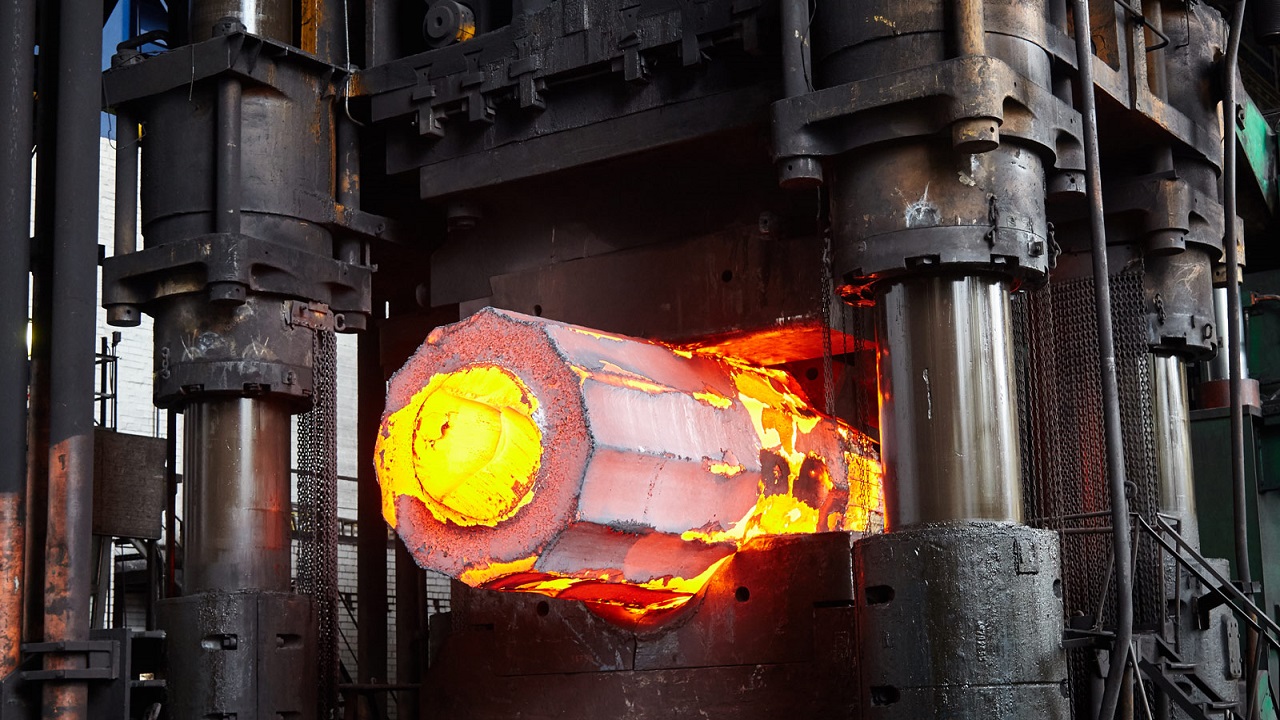Precision forging, a manufacturing process that involves the shaping of metal parts using external force, has been revolutionized by the integration of Computer-Aided Design (CAD) and Computer-Aided Engineering (CAE). This technological collaboration has opened up new frontiers in forging design, allowing manufacturers to produce high-quality components with exceptional accuracy and efficiency. In this article, we will explore the profound impact of CAD/CAE in precision forging and its wide-ranging applications across various industries.
CAD/CAE: The Cornerstone of Precision Forging
The integration of CAD and CAE tools has become indispensable in precision forging design. CAD enables engineers to create detailed digital models of the desired forged components with precision and complexity that would be challenging to achieve through manual methods alone. These digital models serve as a foundation for the subsequent stages of the forging process. On the other hand, CAE takes CAD a step further by simulating and analyzing the behavior of the materials during forging, ensuring that the design meets the required specifications and tolerances.
The Role of CAD in Precision Forging
Detailed Design
CAD software allows engineers to create intricate and accurate 3D models of the forged components. This level of detail ensures that every aspect of the design, from dimensions to geometries, can be precisely defined.
Flexibility and Iteration
CAD offers the flexibility to make rapid design changes and iterations without the need for costly physical prototypes. This agility is crucial in responding to design improvements or client-specific requirements.
Assembly Verification
CAD facilitates the assembly of multiple components, enabling engineers to verify how the parts fit together and ensuring that all connections and interfaces align correctly.
The Role of CAE in Precision Forging
Material Behavior Simulation
CAE tools can simulate the behavior of materials during the forging process. This includes analyzing factors like temperature, pressure, and deformation, allowing engineers to predict how the material will respond to the forging process.
Tolerance and Quality Assurance
CAE can assess the quality of the final product by predicting potential defects, such as cracks or voids, and ensuring that the forged component meets tight tolerances and quality standards.
Optimization
CAE simulations help engineers optimize the forging process by identifying areas where improvements can be made. This leads to more efficient manufacturing with reduced material wastage.
Uses of CAD/CAE in Precision Forging
Automobile and New Energy Vehicles
Precision forging plays a crucial role in the automotive industry, where CAD/CAE ensures the production of lightweight and high-strength components for conventional and new energy vehicles. From engine parts to chassis components, CAD/CAE helps create components that enhance vehicle performance and fuel efficiency.
Electric Bicycle and Electric Motorcycle
In the electric transportation sector, CAD/CAE assists in designing lightweight and durable components. These components need to withstand the rigors of electric-powered vehicles while maintaining efficiency and safety.
Agricultural, Forestry, and Recycling Equipment
The strength and wear resistance of components used in agricultural machinery, forestry equipment, and recycling systems are critical. CAD/CAE ensures that these components are designed to withstand the harsh conditions of their applications.
Hardware Tools and Fasteners
Forging is a common method for producing hardware tools and fastener blanks. CAD/CAE ensures that these components meet precise specifications, making them reliable and efficient.
Conclusion
The application of CAD/CAE in precision forging design has revolutionized the manufacturing industry. By enabling engineers to create detailed digital models, simulate material behavior, and optimize the forging process, CAD/CAE ensures the production of high-quality components across a wide range of industries. From automotive to electrical products, the integration of these technologies has elevated precision forging to new levels of accuracy and efficiency, meeting the ever-increasing demands for quality and performance in modern manufacturing.


